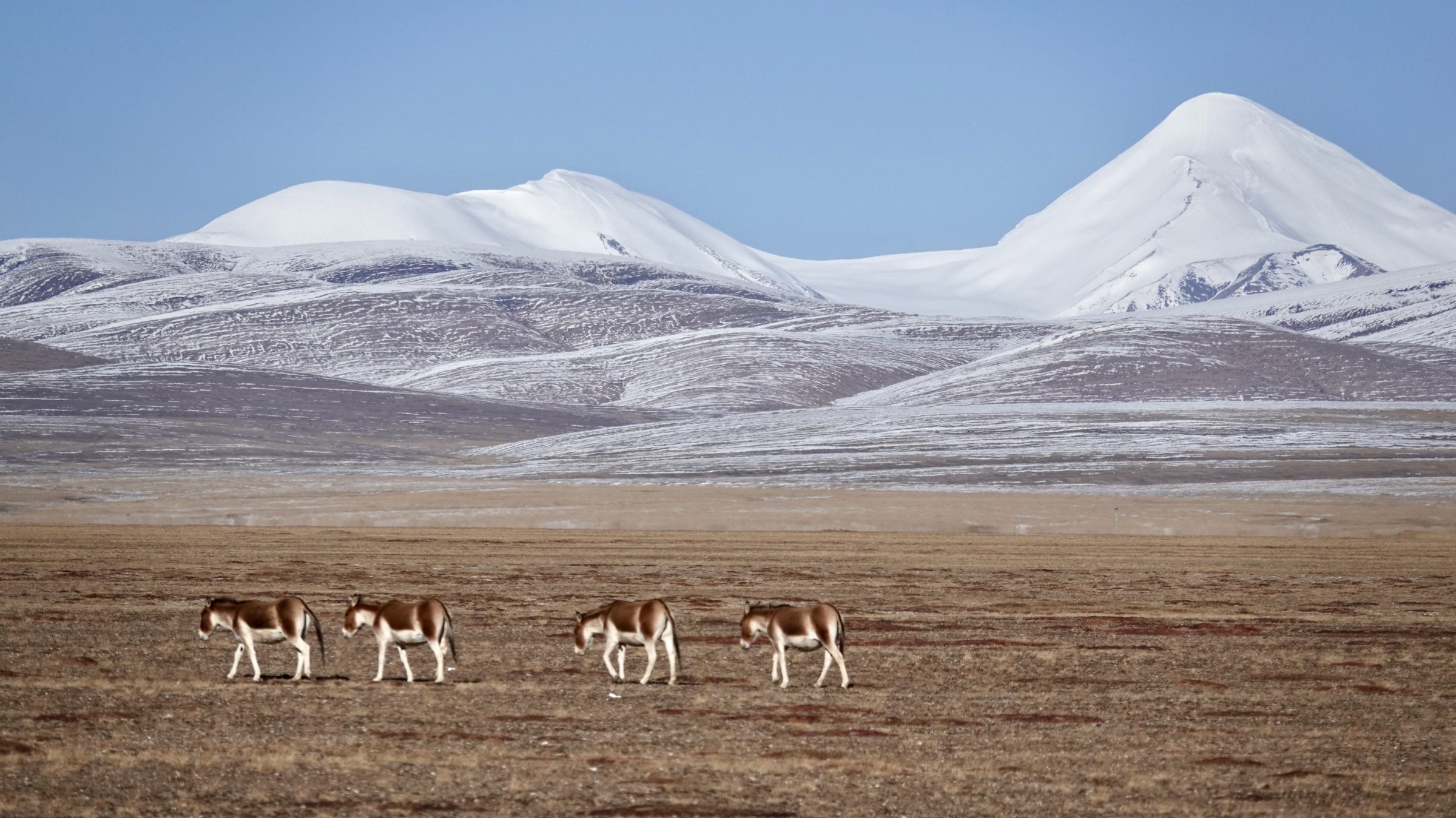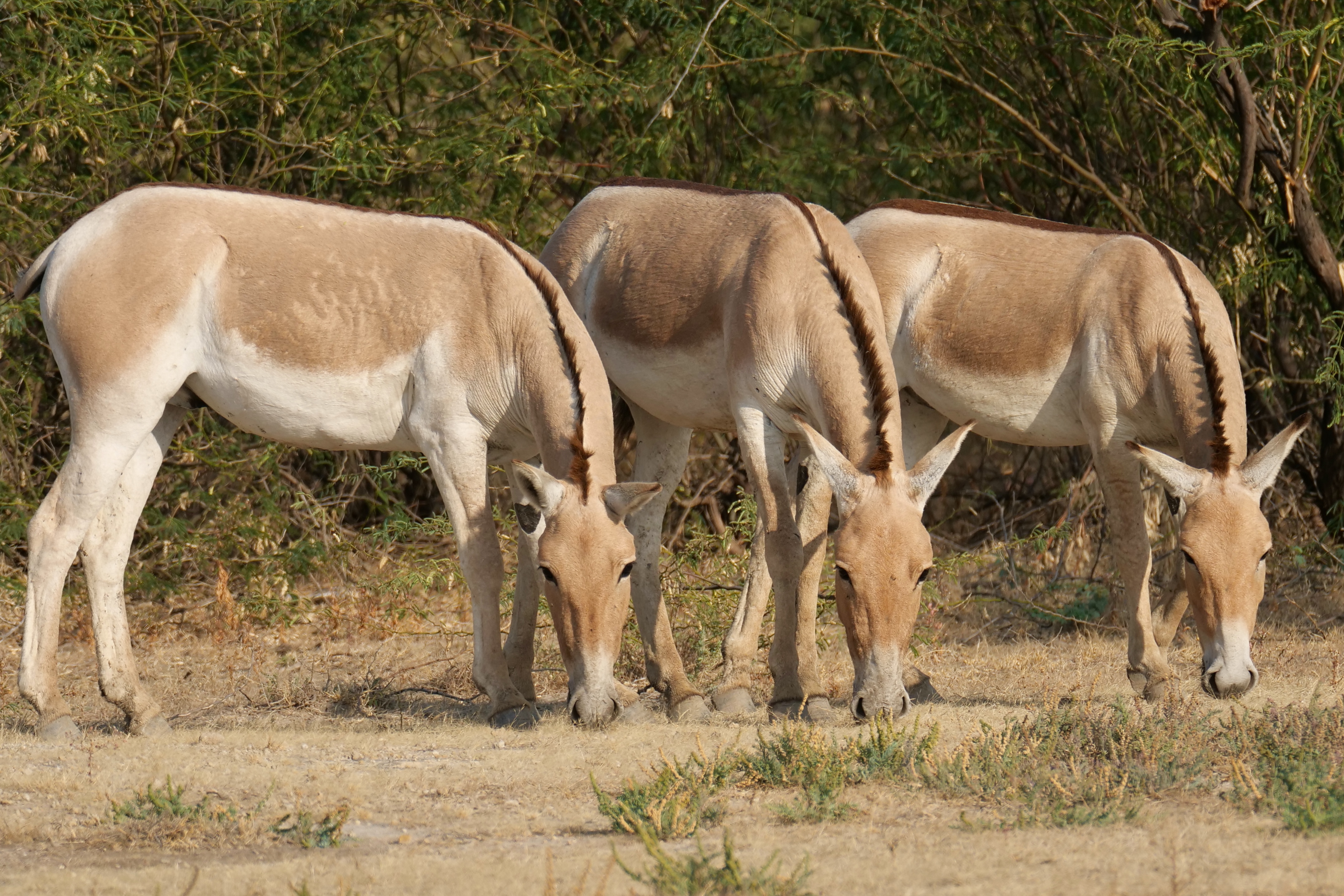Asia’s wild asses are different from Africa’s, and larger too.
All but one kind are generally reckoned subspecies of Equus hemionus, the Asiatic wild ass or onager.
Pictured above and below is the khur or Indian wild ass, Equus hemionus khur.
Once widespread, in large numbers, khur now only number several thousand individuals, most of them in the Little Rann of Kutch in Gujarat, western India.
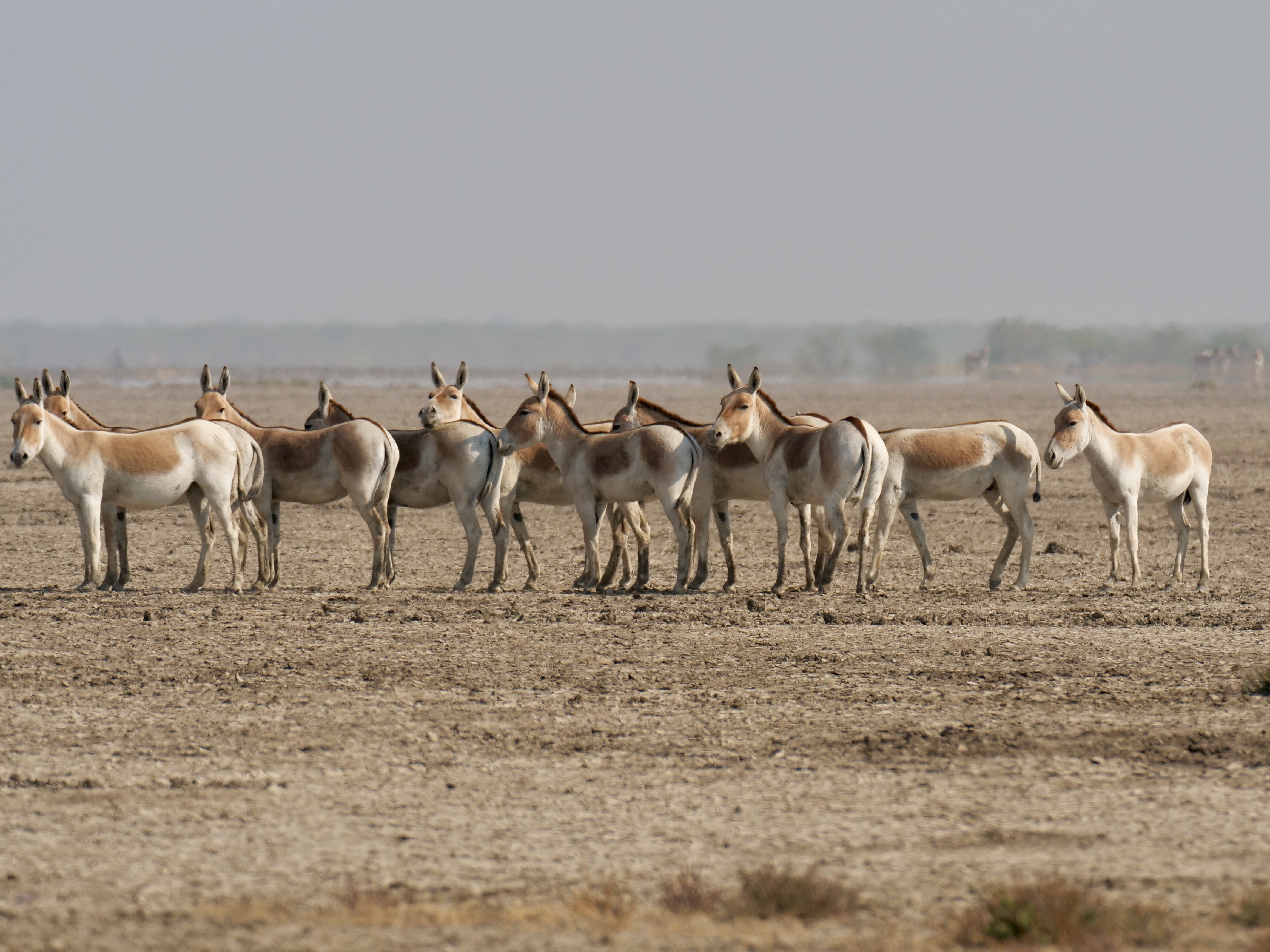
Not many years ago, it looked highly likely that the khur was “on the way out”, but conservation efforts have in recent years seen their number and their range recover a little.
Khur are one of the world’s faster four footed herbivores – in their habitat, they comfortably outrun any vehicle.
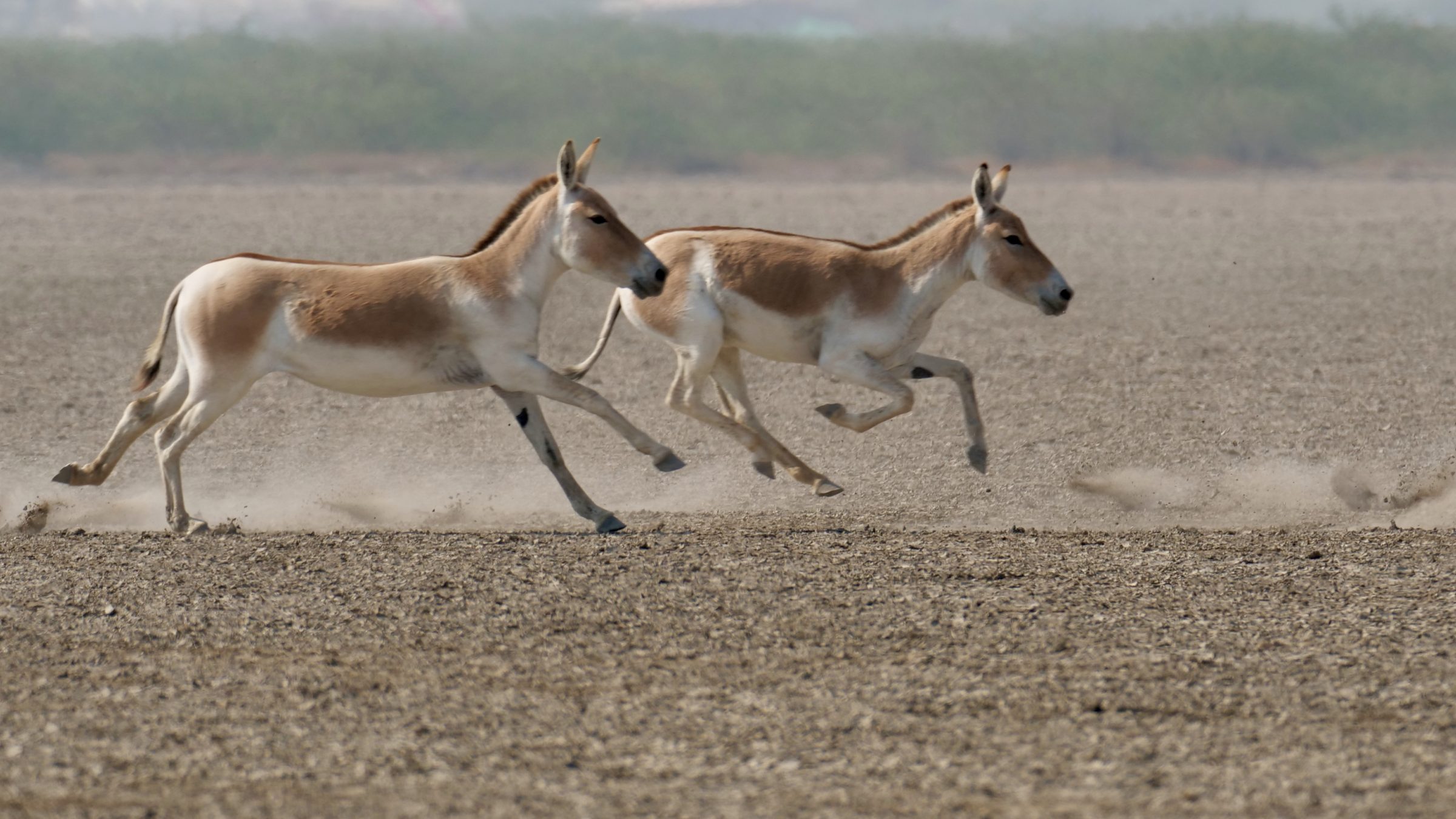
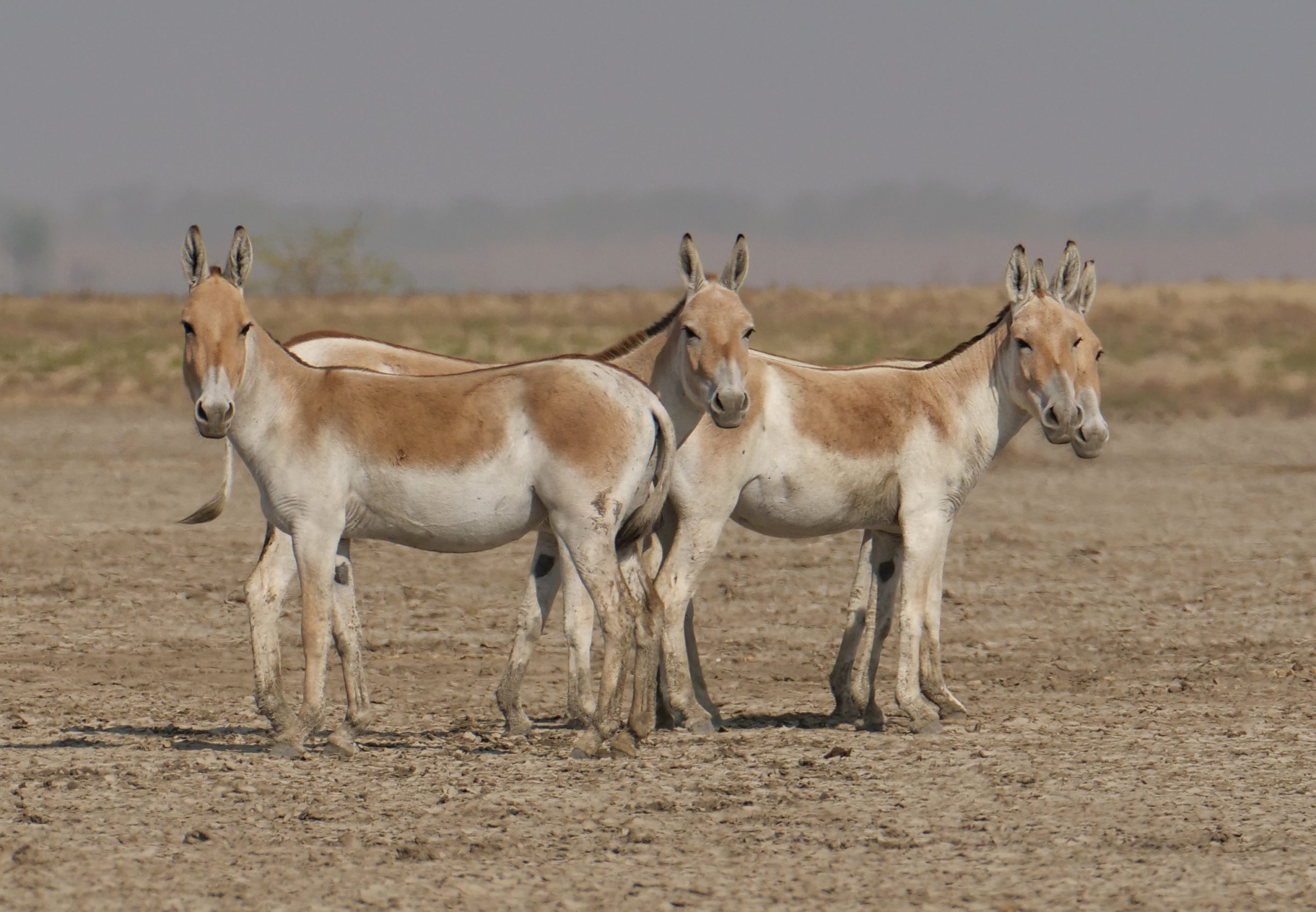
Click here to discover more.
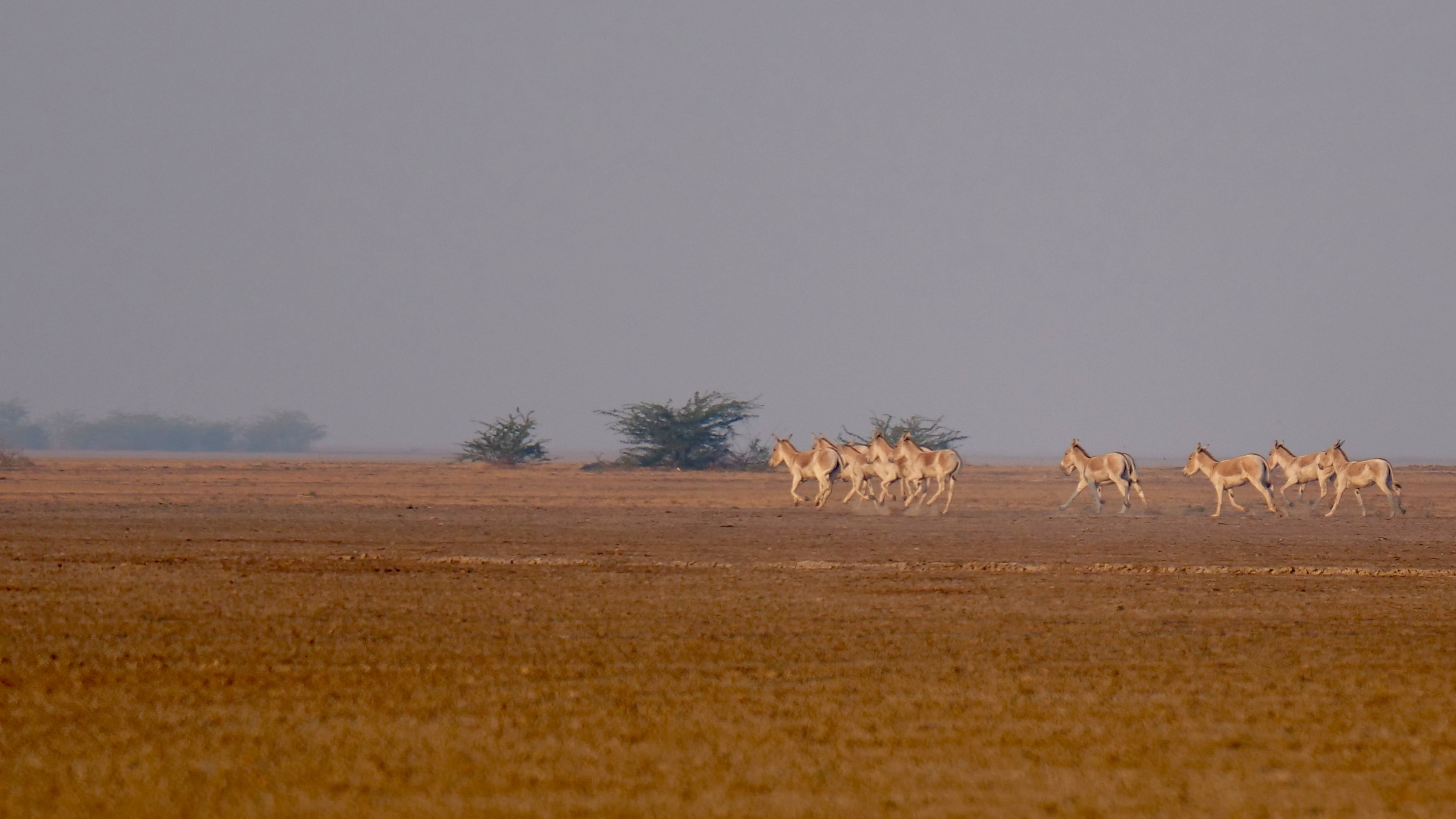
—
The world’s largest wild ass, now recognised as a distinct species, lives on “the roof of the world”.
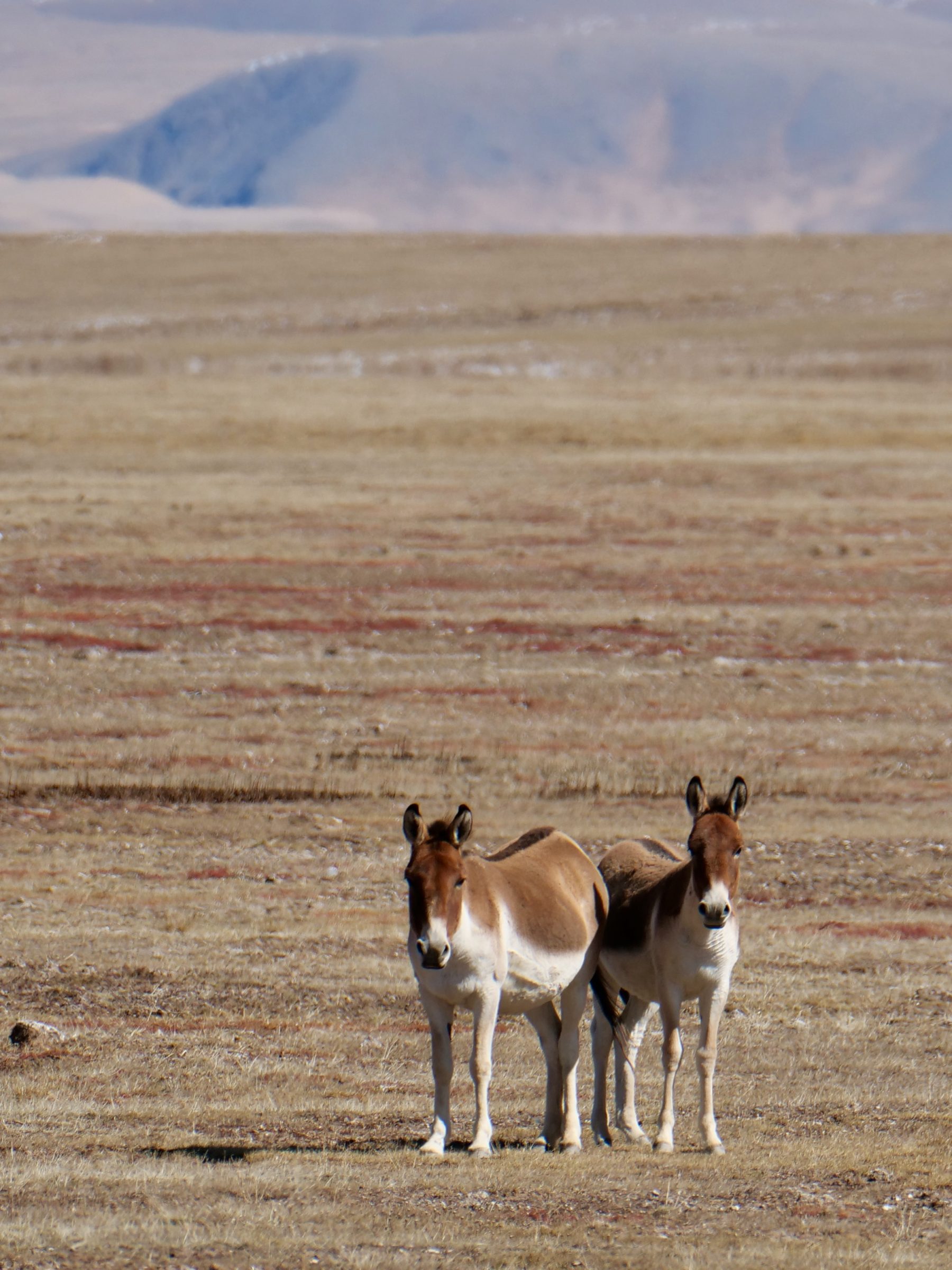
Equus kiang, the Tibetan wild ass or kiang, live on alpine meadows and steppe on the Tibetan Plateau, at altitudes ranging from 2,700 to 5,300metres.
Their numbers and their range are very much greater than their Indian relatives’.
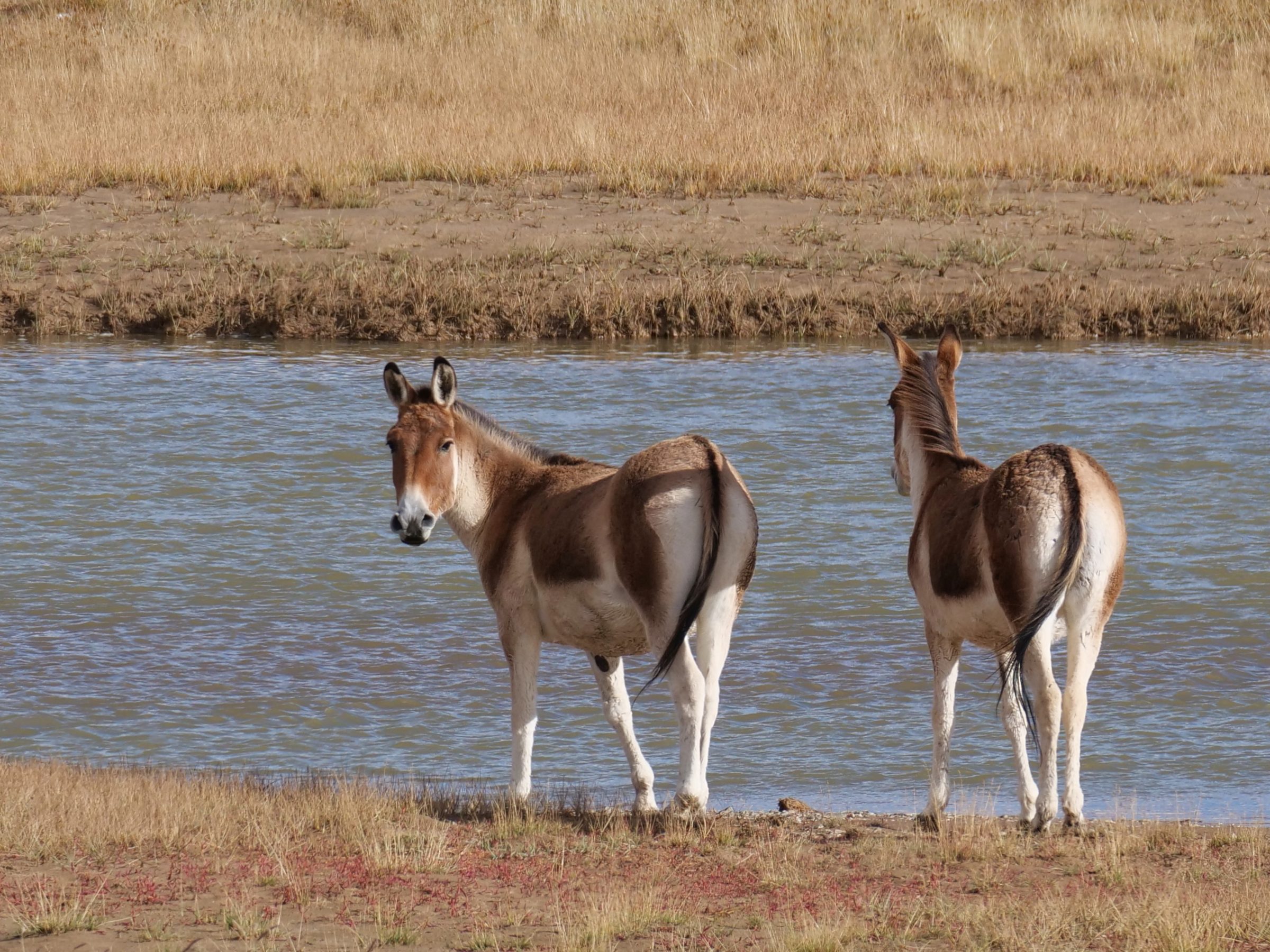
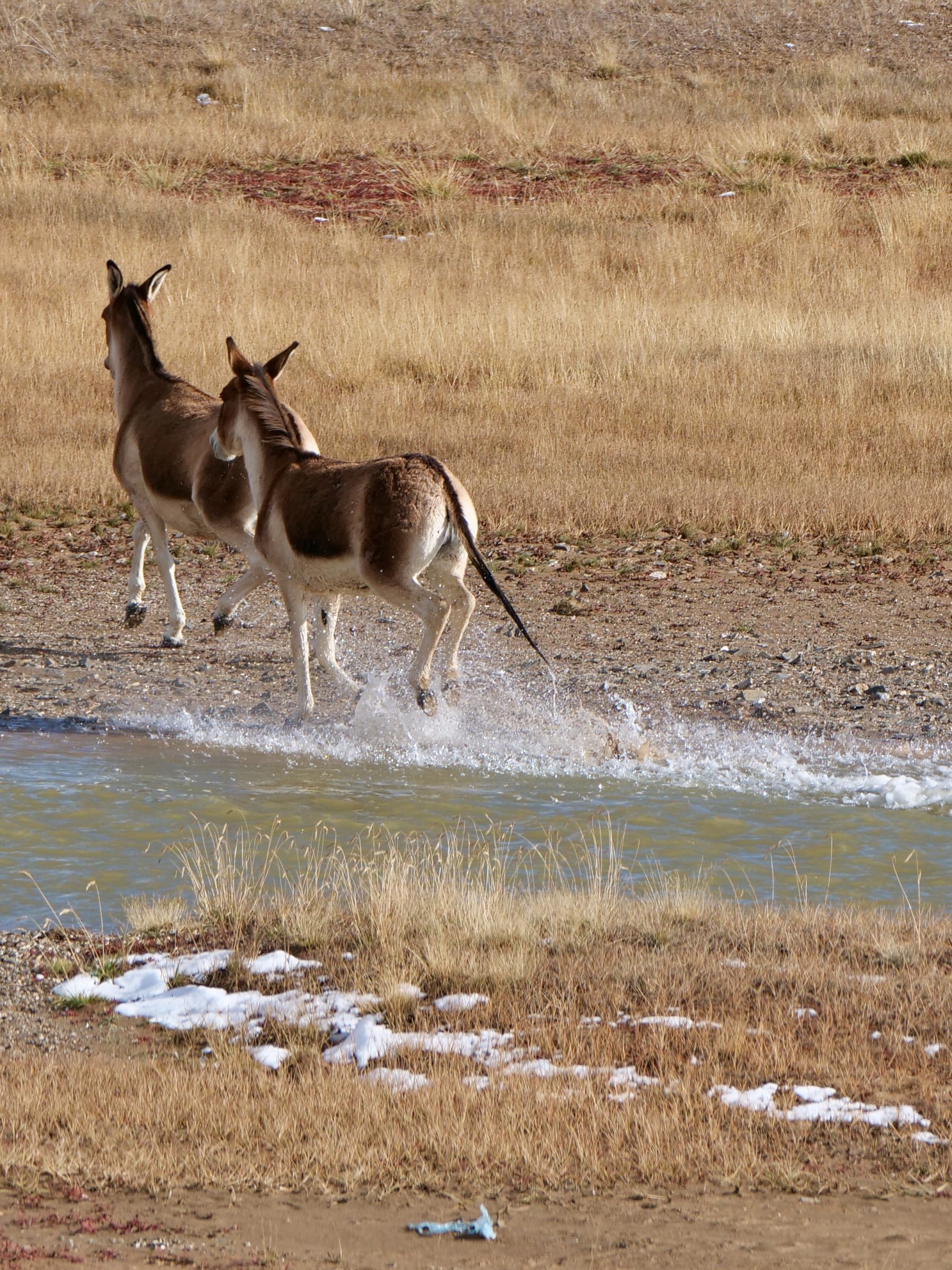
Click this for more about kiang.
Large and powerful as they are, kiang can almost “disappear” into the vastness of the Tibetan Plateau’s epic landscapes.
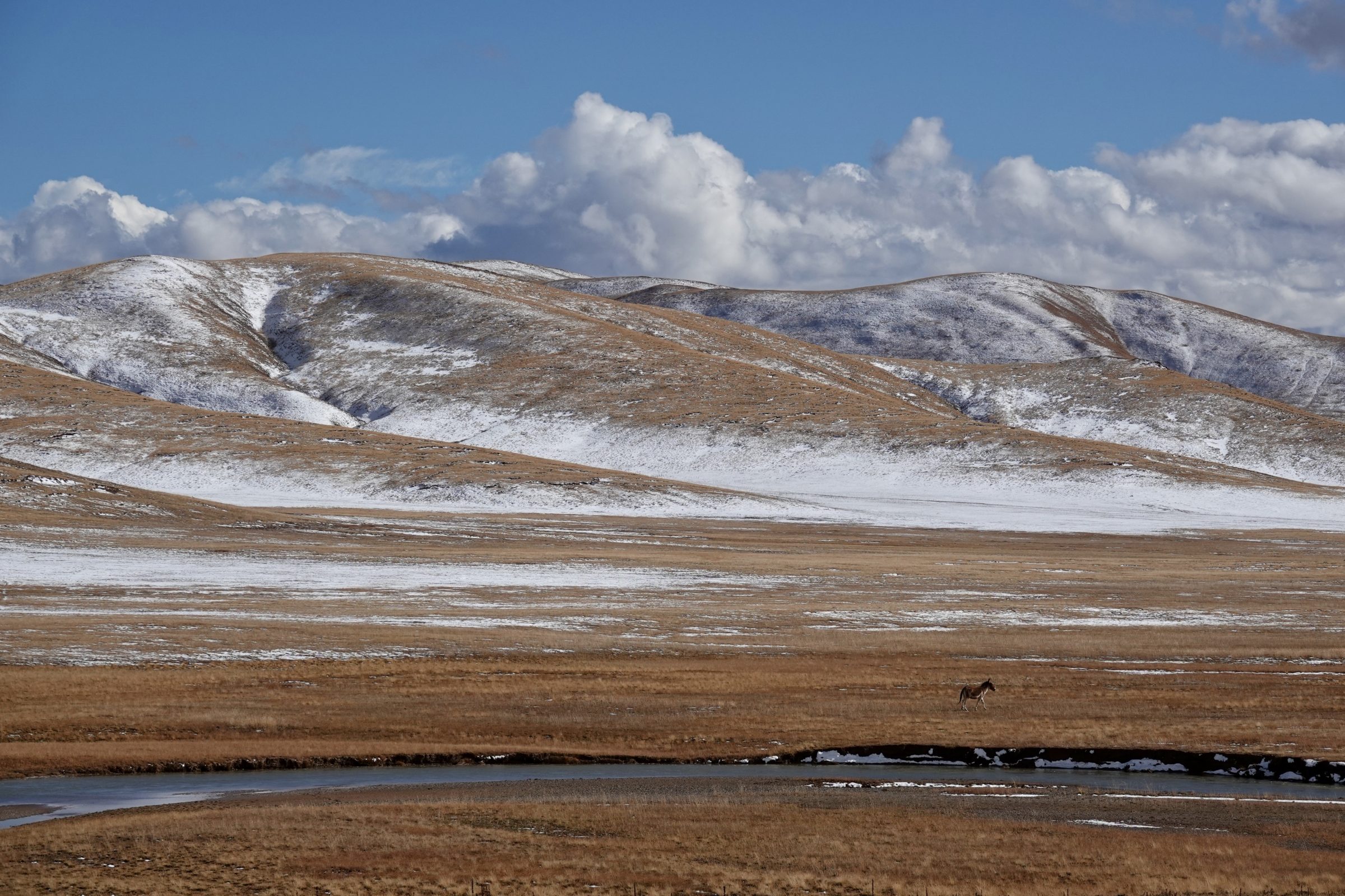
Neither the kiang nor the khur has ever been domesticated.
